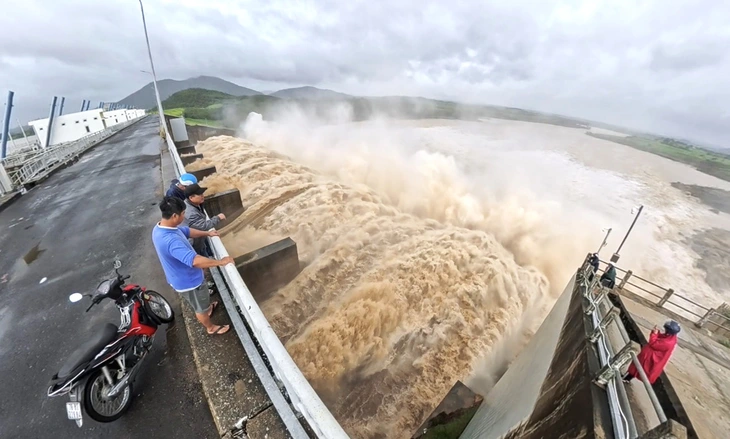
Song Ba Ha Hydropower Plant releases floodwaters at 2:20 p.m. on November 20 - Photo: TRUNG TAN
"These days, the whole country is looking to the South Central region to share and support our compatriots to overcome difficulties. This is also the time for us to think more deeply about applying science and technology to help with early warning, to anticipate the potential impact on each area, each village, and even each household."
Mr. Cao Duc Phat, former Minister of Agriculture and Rural Development, raised this issue at the Forum on applying science and technology in forecasting and warning of natural disasters organized by the Ministry of Agriculture and Environment in coordination with the Central Disaster Prevention Fund on November 25.
Mr. Phat posed the situation: "The forecast of 300mm, 500mm or 700mm of rain must be clear to what extent it will cause flooding so that in the event of a power outage or signal loss, grassroots officials can still rely on input information to guide people to proactively respond."
Forecasting and early warning must come first.
According to Mr. Phat, in responding to natural disasters, the most effective prevention work is first and foremost monitoring, forecasting and early warning. Over the past years, the State, together with the participation of businesses and a number of domestic and foreign organizations, have invested in improving monitoring, forecasting and early warning capacity, especially storm warning.
However, due to the unpredictability and variety of natural disasters, monitoring, forecasting and warning work is still inadequate compared to actual requirements.
According to Mr. Phat, the development of science and technology is opening up many new opportunities to improve the effectiveness of monitoring, forecasting, and early warning of natural disasters, especially digital technology and most recently the possibility of applying artificial intelligence (AI).
In addition to satellite monitoring, there are many new devices to automatically measure rain on the ground, radar, sensors that automatically measure temperature, wind, water level, flow velocity... Moreover, the information can be quickly integrated as a basis for more accurate and timely forecast simulations, closer to each area and faster, closer transmission of information to objects affected by natural disasters.
"However, these technologies can only be brought into play when installing technologies and monitoring equipment to build warning systems, and more importantly, there must be an operating mechanism to maintain and promote the systems," said Mr. Phat.
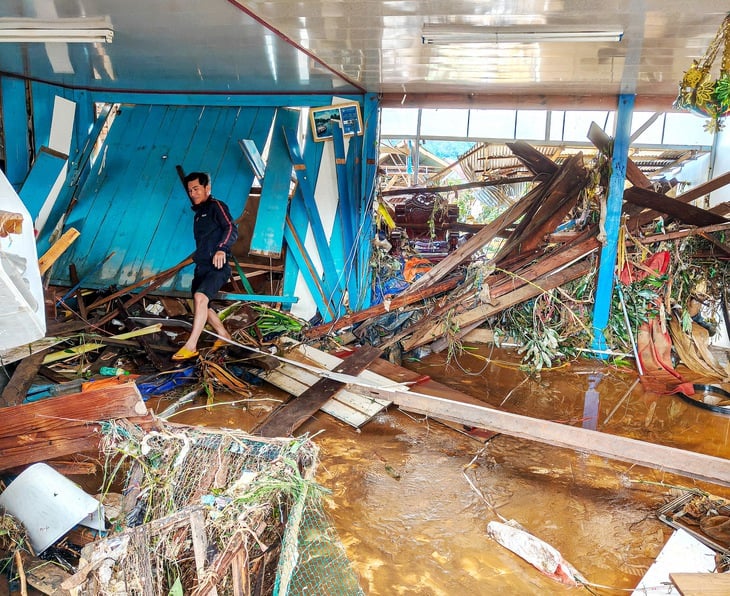
On the night of November 19, heavy rain and the massive discharge of water from the Da Nhim hydroelectric reservoir flooded the entire ancient town of D'Ran (former Don Duong district), Lam Dong province - Photo: MV
Prof. Dr. Do Minh Duc (Hanoi National University) emphasized that the role of forecasting and early warning is very important. In the context of increasingly complex natural disasters, it is necessary to apply a combination of many different technologies.
According to Mr. Duc, in the current technological conditions of Vietnam, almost all the most modern technologies in the world have been and are being applied such as technology for real-time rainfall monitoring and measurement, monitoring technology to forecast rain in a short period of a few hours to a few days, radar remote sensing technology...
However, the level of investment is still limited. Therefore, early warning requires more investment to promote comprehensive effectiveness in society.
Citing the model of a rain monitoring station integrated with quantitative calculations of soil mechanics and rock mechanics to provide early warning of landslides in Yen Bai ward and Mu Cang Chai commune (Lao Cai province), Mr. Duc said that this model is highly appreciated by local people and authorities.
"Our warnings are sent automatically via email to local authorities and people who have registered to receive information. At the same time, information will be sent automatically every hour via Zalo and text messages if telecommunication network conditions allow.
In addition, we consider the case of no telecommunications network, we install a rain gauge system combined with an independent siren, when the calculated threshold of a landslide is reached, a warning will be issued," said Mr. Duc.
According to Mr. Duc, in-depth monitoring has two tasks: providing direct warning information to the area being monitored and adding a database for calculation and application to other areas with similar geological and topographic conditions.
"In the current conditions of Vietnam, we recommend investing in areas with typical geological conditions to use observation results combined with rain gauge stations, quantitative calculations and empirical analysis in practice to apply and use widely in Vietnam. This will save both time and money," said Mr. Duc.

The empty house of Mrs. Kim Ngan (Hoa Thinh commune, Dak Lak, former Phu Yen) after the historic flood, now she is worried about the upcoming storm - Photo: TRAN MAI
Multi-channel early warning model and "all in one" flood warning tower
Mr. Le Viet Xe, Deputy Director of Water Resources Engineering Development and Consulting Joint Stock Company (WATEC), said that in response to the urgent need for early warning and the trend of digital transformation in smart urban construction, the automatic flood monitoring system (VFASS) was researched and developed.
The system uses a radar sensor to measure flood depth, connects to the Datalogger VFASS data collector via RS-485 or LoRa and transmits continuously via 3G/4G network.
The device is solar powered, has a backup power source and automatically sends out warnings when the water level exceeds the threshold or when an abnormality is detected.
"All data is processed on a cloud computing platform developed by WATEC, allowing centralized management and analysis of big data at a national scale and flexible sharing via API. People and authorities can monitor flood situations and receive real-time warnings via web applications and on phones," said Mr. Xe.
In addition, VFASS can link with rain gauges, water level gauges and flood warning towers to automatically issue multi-channel warnings when rainfall, flooding or water levels exceed thresholds.
Similar to VFASS, the flash flood and landslide warning station system is designed in a closed cycle from sensor - processing - data transmission - display - warning, with many advantages such as lifetime warranty of the device, using a cloud computing platform for flexible expansion, high interoperability, unlimited IoT connection and using LoRa independent of the network operator.
According to Mr. Xe, in this group of solutions, VFASS continues to show clear effectiveness through the ability to monitor water levels in real time, multi-channel early warning and the "all in one" flood warning tower model that is easy to deploy in residential and urban areas.
"With an automated system, battery status monitoring, connectivity, sensors and servers, the system provides data for flood forecasting models and flood mapping. Currently, the system has been deployed with 140 flood warning towers, automatic flood monitoring stations and more than 70 warning stations nationwide, and exported to the Philippines," Mr. Xe shared.
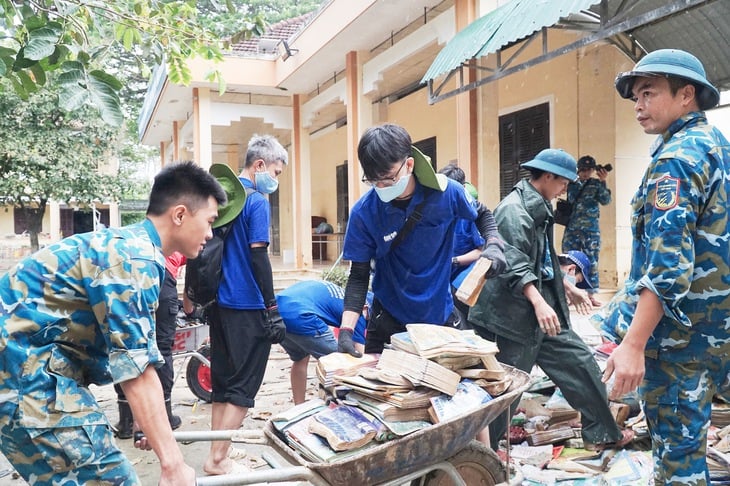
Ho Chi Minh City Youth Union members and local people overcome the consequences of floods at Tran Nhan Tong Secondary School (Dien Khanh Commune, Khanh Hoa) - Photo: TRAN HOAI
Thoroughly grasp the principles of "3 early" and "3 correct"
According to Professor Do Minh Duc, in disaster prevention, the role of local authorities and people is extremely important.
In particular, it is necessary to thoroughly grasp the principle of "3 early": early detection, early warning, early action; and "3 right": right person, right job, right time. Because the current commune-level government is very large, information must reach the right person and must do the right job and at the right time to ensure effective disaster prevention.
"In reality, we see that the government and people have three levels to thoroughly implement: having information, but importantly, when the information arrives, the government must understand the information and correctly understand the content of the information.
For example, flash flood and landslide warnings are based on risk, not on whether the warning is right or wrong. When there is information and understanding the information, the information must be converted into specific and practical actions," Mr. Duc added.

Song Tranh 2 Hydropower Plant (formerly Quang Nam) during a flood discharge through the spillway - Photo: TAN LUC
Technology helps verify and coordinate post-disaster response
Mr. Nguyen Tien Dung, Chairman of JCI Vietnam, stated that digital technology plays an essential role not only in forecasting but also in early warning, verification and coordination of post-disaster response. In response to this need, JCI Vietnam has built and deployed the CuuTro.JCI.vn platform - a real-time community relief connection system, supporting the goal of "applying technology to minimize disaster damage".
The platform focuses on four main functions: receiving information immediately after warnings, displaying real-time relief maps, automatically activating on-site forces, and verifying data transparency. People can send "need help" signals, while individuals and businesses send "want to give" when resources are available.
The relief map will clearly display the points in need of assistance, the points that have been rescued, the warehouses, the shelters and the resources shared by the people, helping to accurately prioritize and support the decision of the authorities. The system automatically sends alerts to local volunteers and updates the relief status as soon as households are supported, ensuring transparency and efficiency in resource allocation.
In actual implementation, the platform has recorded nearly 1,500 "need help" points, supported 449 households to confirm safety, mobilized more than 74 benefactors and 99 direct inspection points. JCI chapters have provided more than 80 tons of goods from Da Lat, two trucks from JCI Worldwide VN and thousands of necessities from many other localities, proving the platform's ability to respond quickly and effectively in practice.
"JCI VN recommends that local authorities coordinate to notify the platform to communes/wards, assign local verification points, connect data with shelters, warehouses and medical stations, and encourage volunteer organizations to participate.
We commit to not charging fees, not commercializing the platform, while being transparent with data and standing side by side for a long time in disaster prevention, mitigation and recovery activities, helping those who need to be seen and those who want help to reach the right place - at the right time," Mr. Dung shared.
Operation must correspond to technology
Mr. Bui Quang Huy, Deputy Director of the Center for Policy and Techniques for Natural Disaster Prevention (Department of Dyke Management and Natural Disaster Prevention), emphasized that although many efforts and technologies have been deployed, there are still limitations that need to be frankly acknowledged. One of the major difficulties is that the role of the commune level is becoming increasingly heavier.
While previously the implementation was mainly based on the district’s direction, now the commune level has to both direct and directly organize the response. The connection between communes and between communes and the province also poses challenges due to the large area and uneven resources.
According to Mr. Huy, digital transformation is an urgent requirement, but many localities still confuse "application of information technology" with "digital transformation". If there is only technology but people do not change their thinking, operations will be limited. The most important goal of early warning is not only to send information but to ensure that people receive - understand - know how to do - can do it.
Currently, the center is developing a provincial disaster monitoring system, piloted in Ha Tinh, connecting data between the central - provincial - commune and the community. The system has two interfaces: one for people to monitor developments, receive response instructions, and respond to information; and one for directing and operating, integrating real-time data, monitoring the progress of people's evacuation, and managing safety points on digital maps.
According to Mr. Huy, the software supporting the construction of evacuation plans has been put into practice, helping localities adjust plans according to natural disaster developments instead of relying on fixed paper maps. The ultimate goal of all technologies and models is to ensure the safety of life and property, so that people can be truly proactive in the face of natural disasters.
The siren system for natural disaster warning in Hue City is effective.
Mr. Dang Van Hoa, Head of the Department of Irrigation and Climate Change of Hue City, said that currently in Hue City there are 4 siren systems warning of natural disasters located in Quang Dien commune, Hoa Chau ward, Vy Da ward and Huong An ward.
According to regulations, whenever there is a big storm or the water level of Huong River or Bo River is forecast to rise to level 2 and level 3, this siren system will be activated to warn people to raise their belongings, move their vehicles to higher places or even evacuate to a safe place.
"During the recent flood, this warning siren system was effective when it was activated early, even though the water had not risen too high, and people who heard the siren proactively took precautions and moved their vehicles to higher ground," said Mr. Hoa.
Source: https://tuoitre.vn/canh-bao-thien-tai-phai-den-duoc-tung-ho-dan-20251126081145222.htm


![[Photo] President Luong Cuong attends the 50th Anniversary of Laos National Day](/_next/image?url=https%3A%2F%2Fvphoto.vietnam.vn%2Fthumb%2F1200x675%2Fvietnam%2Fresource%2FIMAGE%2F2025%2F11%2F27%2F1764225638930_ndo_br_1-jpg.webp&w=3840&q=75)




![[Photo] Prime Minister Pham Minh Chinh chairs the 15th meeting of the Central Emulation and Reward Council](/_next/image?url=https%3A%2F%2Fvphoto.vietnam.vn%2Fthumb%2F1200x675%2Fvietnam%2Fresource%2FIMAGE%2F2025%2F11%2F27%2F1764245150205_dsc-1922-jpg.webp&w=3840&q=75)
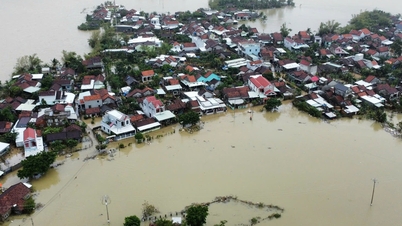

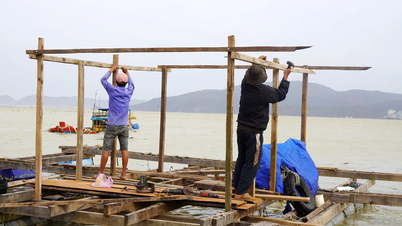



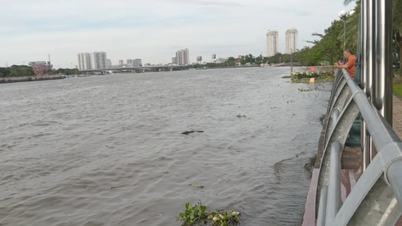










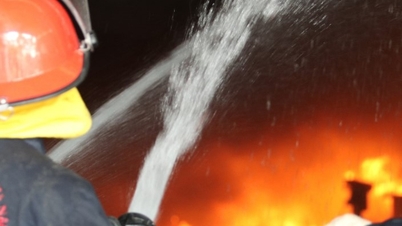





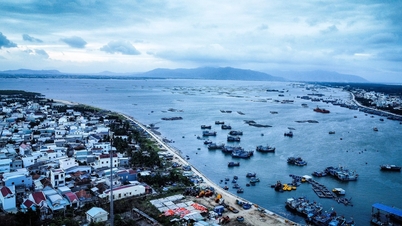




























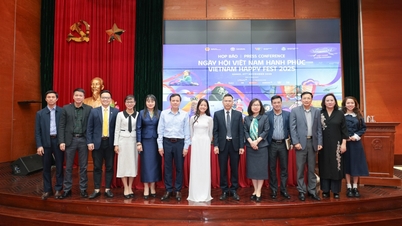





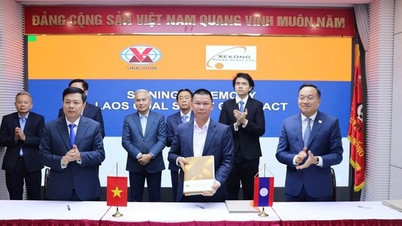













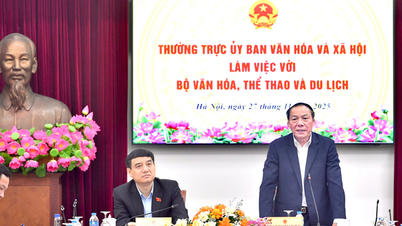

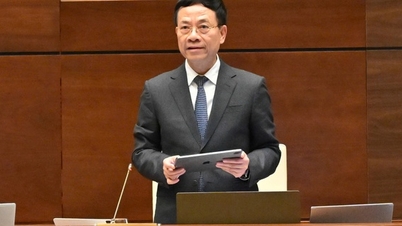






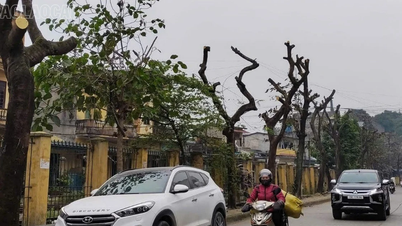




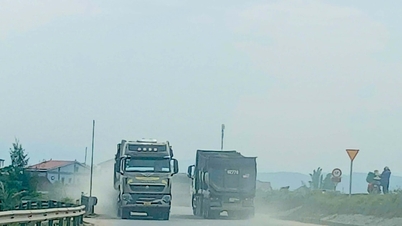













Comment (0)